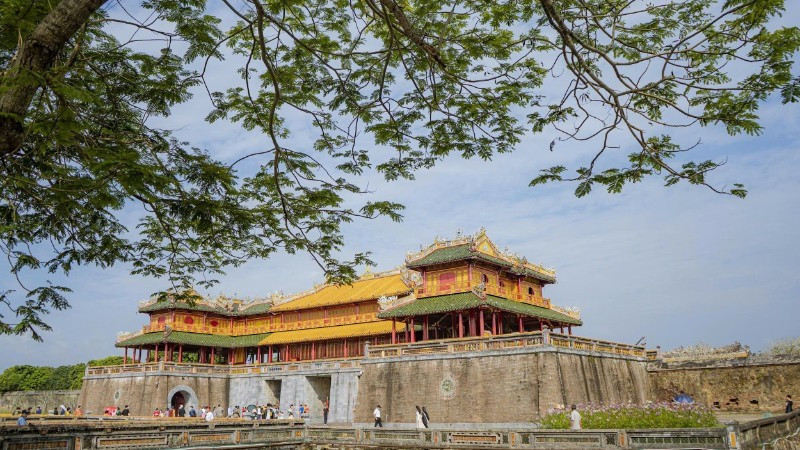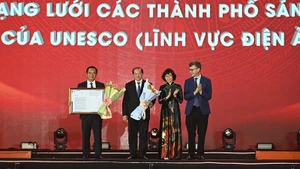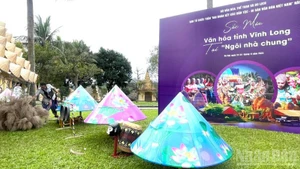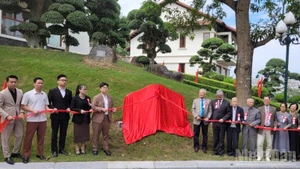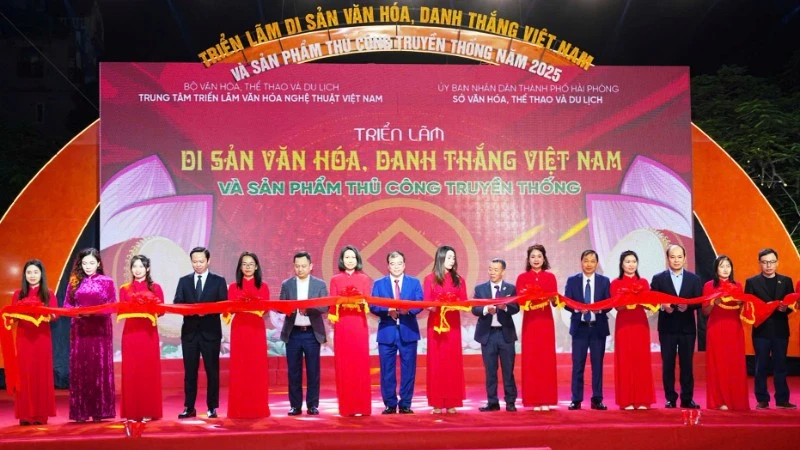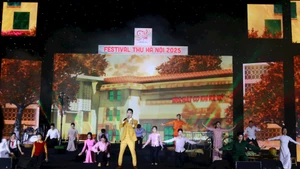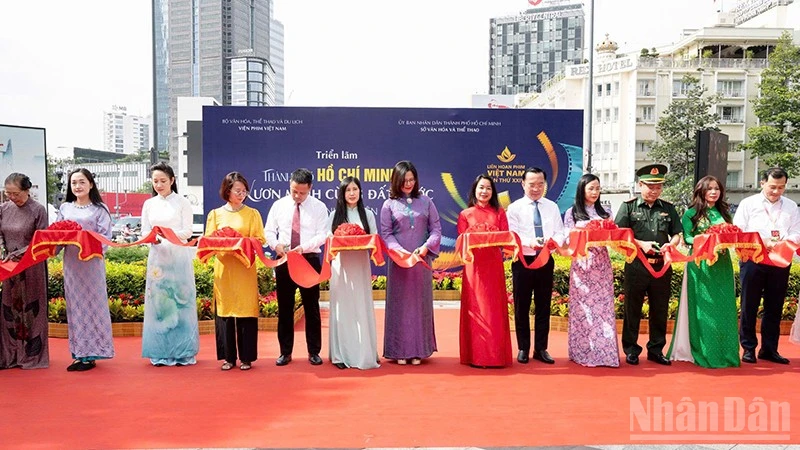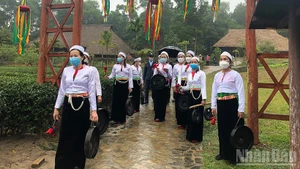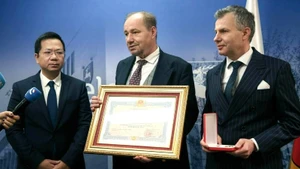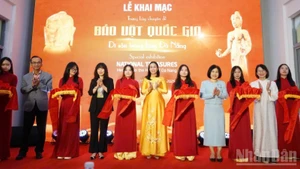At the 5th Regional Conference of the OWHC for the Asia-Pacific region, Ang Ming Chee, General Director of the George Town World Heritage Organisation (Malaysia), emphasised that the greatest challenge does not lie in the technical aspects of architectural preservation, but in maintaining the community within heritage spaces.
She stated: “People must feel they are the owners and co-creators of identity.” This perspective marks a shift in thinking — conservation is no longer synonymous with “museumification”, but with “social co-creation”. It is a way to ensure that heritage remains part of everyday life, a principle many cities now strive to realise.
However, when heritage becomes a dynamic living space, the boundary between preservation and development intervention becomes delicate. A festival, a pedestrian street, or a “culturally inspired” resort can all provoke controversy over fears of distorting the original values — as Hue once experienced. Many researchers argue that while we speak of “community-based conservation”, in many places, the community has been reduced to a tool for tourism growth.
From a technological perspective, Dr. Hong Seung Mo (the Republic of Korea) proposed the concept of “digital heritage”, using information technology, 3D scanning, and digital data to restore, recreate, and manage heritage sites. Hue was cited as an example, having digitised the Thai Hoa Palace to prepare for an integrated management model of the Imperial Citadel in the future. However, from a policy standpoint, the concept of “digital heritage” remains primarily technological and is yet to be fully codified in law. Many countries’ heritage laws have yet to define clearly how intangible heritage should be managed through digital data, or who owns the rights to digitally reconstructed works. The key question remains: Can “digital heritage” be legally recognised as a legitimate form of preservation, or is it merely a tool for research support?
Moreover, digital preservation carries the risk of detaching heritage from real life. When the past is “digitised”, people may stop at observing it rather than living with it. Heritage cannot exist only in data form — it must remain tied to the memories, livelihoods, and culture of the community.
Dr. Le Thi Minh Ly (Viet Nam Cultural Heritage Association) cited the heritage inventory project in Hue — encompassing more than 800 relics and 600 intangible heritage items — as a commendable effort in knowledge-based management. What matters is not only the quantity, but how these data are integrated into the policy framework.
In many countries, heritage laws still operate separately from urban planning, investment, or tourism laws. Each field “speaks its own language”, preventing conservation and development from finding common ground. This explains why many projects labelled as “heritage restoration” have turned into commercial ventures — or conversely, why traditional residential areas have stagnated due to “conservation restrictions”. The real conflict, therefore, does not lie between heritage and the city, but within the very mindset of conservation — between “closed conservation” (preserving the original status) and “open conservation” (allowing adaptive development).
It is also impossible to overlook the tension between local residents and tourists — an inevitable outcome when conservation is tied to tourism economics. In George Town (Malaysia), Hoi An (Viet Nam), and Luang Prabang (Lao PDR), residents have gradually moved out of city centres due to rising living costs, turning ancient quarters into exhibition spaces. When that happens, heritage ceases to be a “place of memory” and becomes merely a backdrop for experience. This paradox shows that if “community-based conservation” is not translated into tangible economic benefits and clear residency policies, it will remain only an idea. Conservation cannot be detached from livelihoods, nor can it rely solely on “romantic sentiment”. To bring it into reality, fundamental adjustments are needed in legal frameworks and urban governance mechanisms.
Conservation is not only about the past — it is also about the present and the future. It must ensure the coexistence of people, quality of life, and urban sustainability. Amidst diverse approaches to preservation, one constant remains people. They are the creators, guardians, and beneficiaries of heritage. Yet, for people to truly be at the centre, there must be a consistent vision, institutionalised through mechanisms, policies, and laws. Because preserving heritage is not about locking it in the past, but about opening pathways to the future.
Nguyen Thanh Binh, Standing Vice Chairman of the Hue City People’s Committee
Nguyen Thanh Binh, Standing Vice Chairman of the Hue City People’s Committee, shared that Conservation is not only about the past — it is also about the present and the future. It must ensure the coexistence of people, quality of life, and urban sustainability. Amidst diverse approaches to preservation, one constant remains people. They are the creators, guardians, and beneficiaries of heritage. Yet, for people to truly be at the centre, there must be a consistent vision, institutionalised through mechanisms, policies, and laws. Because preserving heritage is not about locking it in the past, but about opening pathways to the future.
